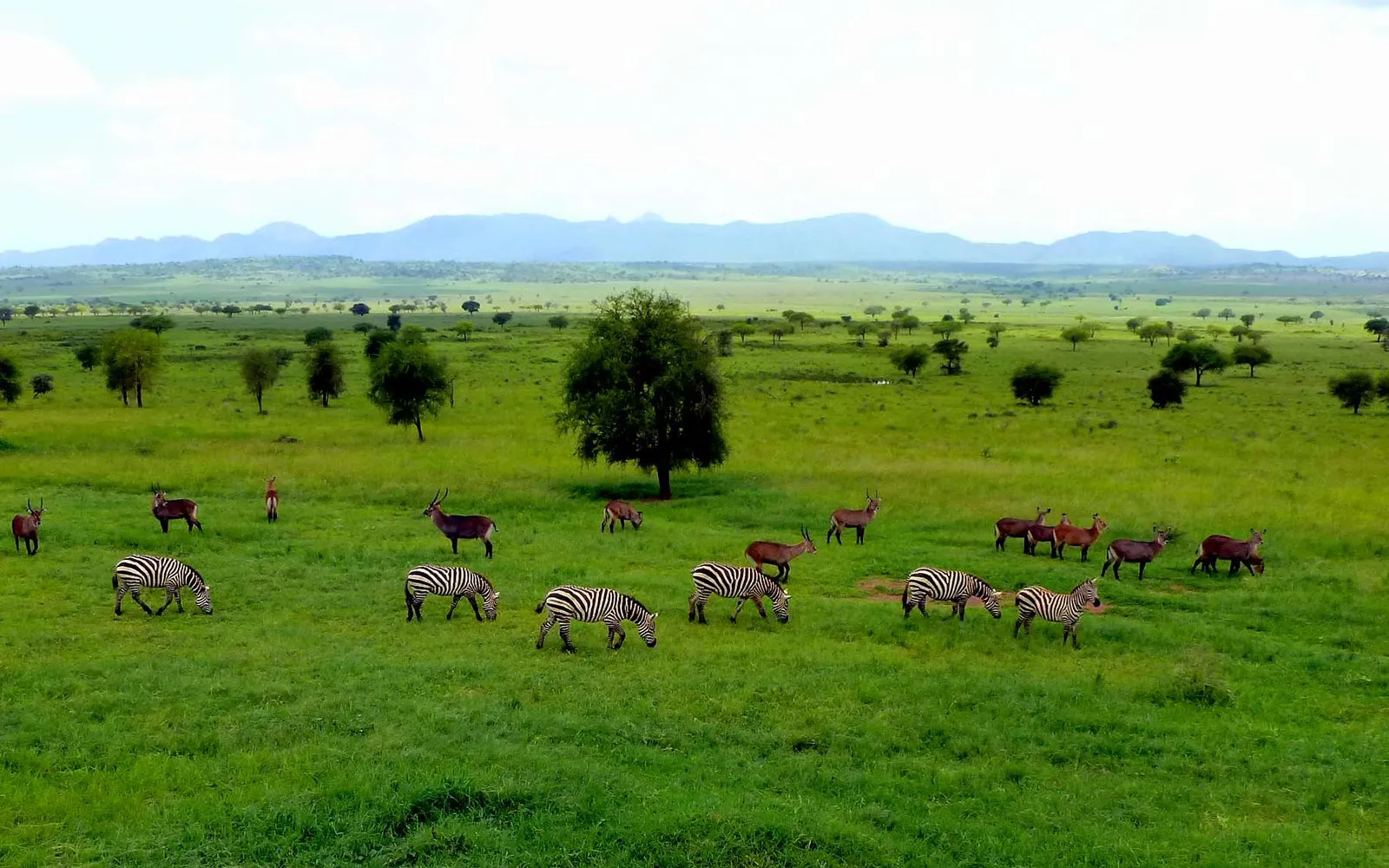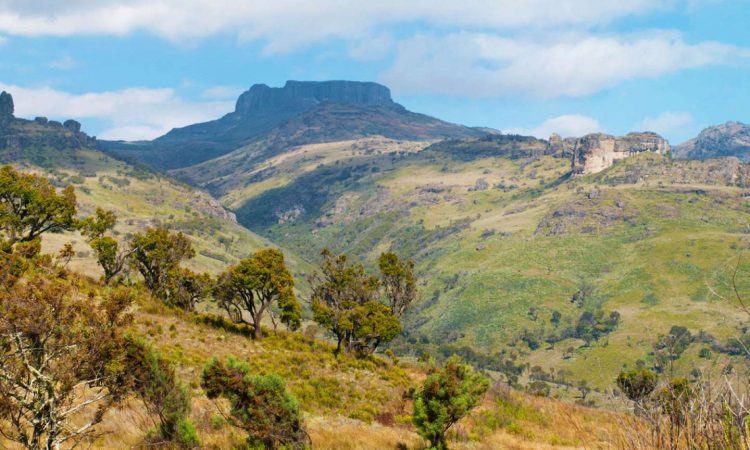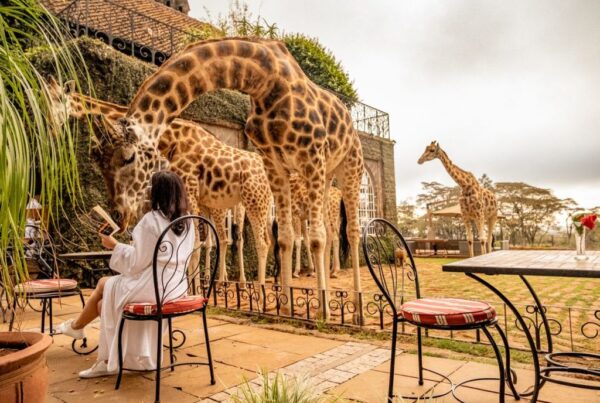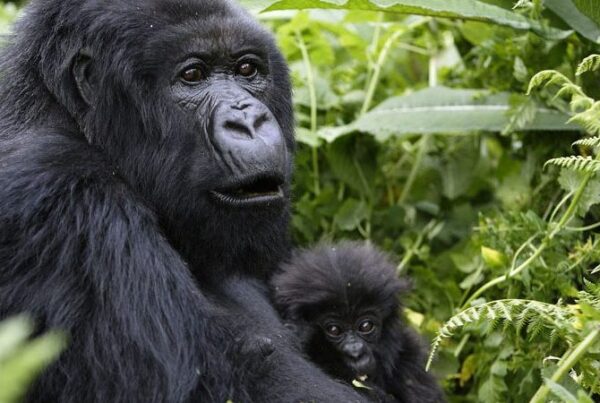The Narus and Kidepo Valleys: Safari Highlights Explained
Journey into Uganda’s Remote Wilderness
In the northeastern reaches of Uganda, where the landscape stretches unbroken and the horizon meets jagged mountains, two extraordinary valleys unfold in all their untamed splendor. The Narus and Kidepo Valleys, within the confines of Kidepo Valley National Park, present a safari experience unlike any other in East Africa. Unlike the busier parks of Uganda, these valleys are largely untouched, where wildlife roams freely across savannahs, rocky outcrops, and riverine landscapes, creating scenes of raw and uninterrupted beauty.
A safari here is not merely an excursion; it is a journey into a world where every moment reflects the complexity, vibrancy, and resilience of nature. From vast herds of antelopes grazing under the watchful eyes of predators to the delicate balance of ecosystems that sustain both flora and fauna, the Narus and Kidepo Valleys offer travelers the opportunity to experience Africa in its most authentic form. This article explores the highlights of these iconic valleys, examining the landscapes, wildlife, seasonal patterns, and cultural context that make them essential destinations for serious safari enthusiasts.
Geography and Landscape: Nature’s Contrasting Canvas
The Narus and Kidepo Valleys are separated by distinctive terrain, each offering unique ecological and scenic features. The Narus Valley, situated in the southern part of the park, is characterized by wide, open plains, punctuated by acacia trees and seasonal riverbeds. This valley is relatively flat, allowing for extensive visibility of wildlife, making it an ideal location for game drives and wildlife photography. The Narus River, which flows seasonally, provides critical water sources that concentrate animal activity during dry periods, enhancing the safari experience.
In contrast, the Kidepo Valley lies to the north and is dominated by rugged hills, rocky outcrops, and the dramatic Kidepo Mountains. The valley is narrower than Narus, creating a more enclosed ecosystem where wildlife interactions can be observed at close range. The Kidepo River traverses this valley, shaping vegetation patterns and supporting diverse aquatic habitats. These contrasting landscapes offer visitors the chance to experience two ecologically distinct regions within a single park, each contributing to a fuller understanding of Uganda’s wilderness.
Wildlife Highlights: A Symphony of Diversity
Predators in the Valleys
Predators dominate the ecological hierarchy in both valleys, and encounters with them are among the most sought-after experiences in Kidepo. Lions, often observed in prides resting under acacia trees or patrolling their territories, are a symbol of the park’s untamed wilderness. Their movements are dictated by the availability of prey, making seasonal patterns in the valleys critical to observing natural hunting behavior.
Leopards inhabit the rocky outcrops of the Kidepo Valley, their elusive nature making sightings rare but profoundly rewarding. Cheetahs, though less common, are occasionally seen in the open plains of Narus, using the sparse vegetation to stalk and ambush their prey. Hyenas, both spotted and striped varieties, contribute to the predator dynamic, their scavenging habits complementing hunting activity and maintaining ecological balance. Observing these species in their natural environment reveals the intricate interplay of predation, competition, and survival.
Herbivores and Grazing Patterns
Herbivores form the backbone of the valleys’ ecosystems. Elephants roam both valleys, often moving between the Narus and Kidepo regions in search of food and water. Their presence shapes vegetation patterns and influences the movements of smaller species. Buffalo herds graze in the plains of Narus, their social structures observable in group interactions, while giraffes feed on acacia foliage, providing striking visual contrasts against the golden savannah.
Antelopes, including Uganda kob, hartebeest, and oribi, move gracefully across the valleys, their grazing patterns influencing predator strategies. Zebras add dynamic visual interest, often mingling with other herbivores, creating mixed-species herds that enhance both survival and viewing opportunities. Seasonal dispersal and congregation around water sources create varying safari experiences, highlighting the complexity and adaptability of wildlife in the region.
Birdlife and Aerial Perspectives
The Narus and Kidepo Valleys are renowned for their exceptional bird diversity, with over 475 species recorded in the park. Raptors such as martial eagles and bateleur eagles patrol the skies, while secretary birds traverse the plains in search of small mammals and insects. The valleys also host a variety of colorful passerines, including bee-eaters, hornbills, and weaver birds, each contributing to the vibrancy and ecological richness of the park.
Birdwatchers are particularly rewarded during seasonal migrations, when additional species arrive from across Africa, exploiting temporary water sources and abundant vegetation. The combination of resident and migratory species ensures year-round activity, making the valleys a critical site for ornithological observation.
Seasonal Dynamics: Timing for Maximum Safari Impact
The experience of the Narus and Kidepo Valleys is profoundly influenced by seasonal changes. During the dry season, typically between December and February and June to August, wildlife concentrates near permanent water sources. This behavior creates predictable opportunities for observing large herds, predator-prey interactions, and social behaviors among herbivores. The dry season also offers improved road conditions, facilitating access to remote areas and allowing longer game drives.
The wet season, occurring from March to May and September to November, transforms the valleys into verdant landscapes. Rivers swell, vegetation flourishes, and wildlife disperses across a broader area. While this can make sightings less predictable, it provides a unique opportunity to witness calving periods, juvenile animal development, and vibrant migratory bird activity. Photographers and nature enthusiasts may find the wet season particularly rewarding for its lush scenery, reflective water bodies, and dramatic landscapes.
Scenic and Photographic Opportunities
Both valleys offer unparalleled photographic opportunities. The Narus Valley, with its expansive plains and unobstructed sightlines, is ideal for capturing large herds, predator hunts, and sunsets that bathe the savannah in golden light. The flat terrain allows for dramatic perspectives, emphasizing the scale and majesty of the landscape.
In contrast, the Kidepo Valley’s rugged terrain provides intimate vistas where rocky outcrops, rivers, and dense vegetation create layered compositions. Predators and herbivores can often be observed interacting closely with their environment, making for striking wildlife photography that blends natural behavior with stunning backdrops. Seasonal variations further enhance these opportunities, ensuring that each visit offers unique visual experiences.
Cultural Context: The Karamojong Connection
The Narus and Kidepo Valleys are not solely defined by their natural attributes; they are also home to the Karamojong people, whose traditional pastoralist lifestyle has coexisted with the region’s wildlife for centuries. Visitors may observe communities managing cattle, constructing homesteads, and engaging in cultural ceremonies. These interactions provide a complementary dimension to the safari experience, highlighting the interdependence of humans and the ecosystem.
Understanding the cultural practices of the Karamojong enhances appreciation for the valleys’ ecological balance. Traditional knowledge about animal behavior, seasonal grazing patterns, and natural resource management contributes to both community resilience and wildlife conservation. Guides often facilitate respectful interactions, ensuring that cultural engagement is meaningful, ethical, and informative.
Walking Safaris and Immersive Experiences
Walking safaris are particularly rewarding in the Narus and Kidepo Valleys. Under the guidance of skilled rangers, travelers can explore areas inaccessible by vehicle, observe tracks and signs of wildlife, and gain insights into the subtle dynamics of the ecosystem. The experience allows for intimate encounters with flora, fauna, and microhabitats that might otherwise be overlooked.
Night walks reveal another dimension of the valleys’ wildlife. Nocturnal species, from small mammals to predatory cats, become active, and the sounds of the night—the roar of lions, the rustle of antelope, and the calls of nocturnal birds—create a symphony of life that underscores the richness of the ecosystem.
Riverine Ecosystems: Narus and Kidepo Rivers
The Narus and Kidepo rivers are lifelines that sustain both wildlife and local communities. During the dry season, animals congregate along these rivers, making them focal points for observation. Elephants and buffaloes are often seen drinking and bathing, while crocodiles and hippos inhabit deeper pools, demonstrating the diversity of aquatic life.
Rivers also support riparian vegetation, which provides shelter and foraging opportunities for herbivores and smaller species. Birds are particularly abundant near water sources, where insects and fish attract a wide array of species. The rivers contribute to the ecological complexity of the valleys, emphasizing the importance of water as a critical resource in shaping animal behavior and landscape features.
Conservation and Ecological Significance
The Narus and Kidepo Valleys are integral to Kidepo Valley National Park’s ecological integrity. Anti-poaching initiatives, habitat management, and community engagement have preserved the park’s biodiversity. The presence of predators, herbivores, and rare species such as African wild dogs and cheetahs is a direct result of these conservation efforts.
The park’s remoteness has allowed ecosystems to function relatively undisturbed, creating opportunities for researchers and travelers to observe natural processes. Seasonal migrations, predator-prey dynamics, and interspecies interactions can be studied and appreciated in situ, emphasizing the importance of protected wilderness areas for ecological balance and biodiversity preservation.
Visitor Logistics and Accessibility
Access to the Narus and Kidepo Valleys is facilitated by both road and air. Overland travel requires 4×4 vehicles due to varying road conditions, particularly in the rainy season. Air travel provides a faster alternative, with flights from Entebbe International Airport to local airstrips near Kidepo offering convenience and aerial perspectives of the landscape.
Lodges and safari camps within and near the valleys provide accommodations that blend comfort with immersion in the wilderness. Guided game drives, walking safaris, and cultural interactions are arranged to maximize exposure to both wildlife and landscape highlights, ensuring that visitors gain a comprehensive and engaging experience.
Experiencing the Valleys in Full
The Narus and Kidepo Valleys present an unparalleled safari experience that combines breathtaking landscapes, diverse wildlife, and cultural richness. From predator-prey interactions to riverine ecosystems, from expansive plains to rugged hills, every aspect of the valleys contributes to a journey that is immersive, educational, and unforgettable.
For travelers seeking to explore Uganda’s most remote and spectacular wilderness, the expertise of professional safari operators is invaluable. To experience the full splendor of the Narus and Kidepo Valleys with comfort, guidance, and respect for the environment, book your Africa tours and safaris with WildHorn Africa, a trusted partner dedicated to creating immersive, responsible, and unforgettable journeys into one of Uganda’s most extraordinary natural treasures.





 WildHorn Africa – Authentic and unforgettable tours across Africa, guided by local experts who know the land, wildlife, and culture best.
WildHorn Africa – Authentic and unforgettable tours across Africa, guided by local experts who know the land, wildlife, and culture best.


